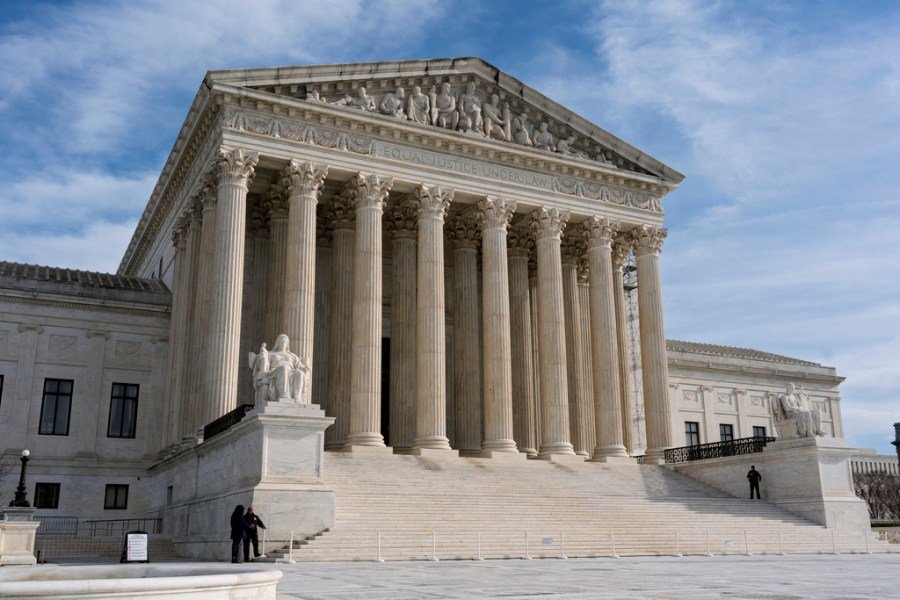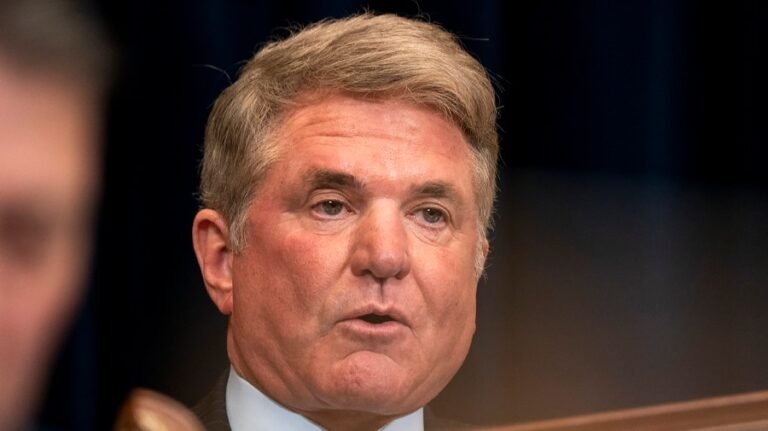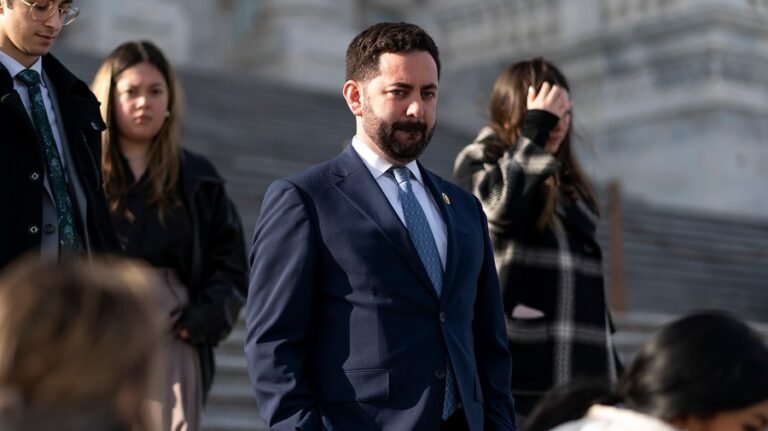
In recent weeks, headlines have claimed Americans are being “dangerously misled” about age verification laws for online pornography. But what’s truly misleading is the suggestion that these laws are a threat to free speech or doomed to fail. In truth, they are a long-overdue update to bring online adult content in line with offline protections for minors.
Laws such as Texas’s age verification law, which the Supreme Court determined last week to be constitutional, simply require websites with a substantial amount of pornographic content to verify that users are adults before granting them access. Eighteen other states have passed similar laws and more are considering them.
This isn’t radical or unprecedented. We already ask for ID to buy alcohol, enter a casino or watch an R-rated film in a theater. Why would watching sex online be treated differently from watching it in person?
Critics argue that these laws are ineffective because tech-savvy teenagers will find workarounds using VPNs. But no state law creates an exemption that says children can access porn if they just disguise their locations. The legal obligation remains on the website to prevent access when it cannot confirm that a user is outside of a state that requires age verification. Just as online gambling platforms restrict access based on state laws, porn sites can and should use the same geolocation tools.
Others suggest that age verification poses an unacceptable risk to user privacy. That may have been a legitimate concern in the past, but the technology has evolved. Today’s methods — whether scanning a government ID, using facial age estimation or checking reusable credentials — can be performed entirely on the user’s device, with no need to transmit or store any personal information. Even if private data is used, it is not kept. As many cybersecurity experts will tell you, the only truly un-hackable database is no database at all.
It’s also worth noting that age verification need not be a repeated task. Interoperable, reusable systems already exist (e.g. AgeAware). In many cases, a user can complete a check once and then reuse the result across multiple websites. And these checks take just seconds — comparable to unlocking a phone with Face ID or scanning a boarding pass. Framing this as an “undue burden” is out of step with how people already interact with technology every day.
Some critics point to education as a better solution. But this is not an either-or choice. Of course we should educate teens about healthy relationships, consent and digital safety. But education alone isn’t enough. No public health strategy relies solely on education. We combine it with reasonable safeguards — seat belts, warning labels, firewalls, vaccinations.
Porn literacy might help a teenager interpret what they’re seeing, but it doesn’t stop a 10-year-old from stumbling into violent or degrading content before he or she is ready to process it. Admittedly, the goal of age verification is not perfection. It is to stop most children from seeing most pornography most of the time. That is a reasonable benchmark. And it works, especially when combined with enforcement.
Parents also have a role to play. Age verification is one layer of protection but not the only one. Families should still take advantage of parental controls provided by internet service providers, home routers, device operating systems and app stores. But these tools have limits and many parents either don’t know how to use them or find them difficult to set up. That’s why we need a consistent enforceable standard at the website level where the content originates.
There is strong bipartisan support for these measures. A national poll by RMG Research found that 83 percent of Americans support a federal requirement for age verification on pornographic websites. That’s not culture war politics. That’s a mainstream consensus that children deserve basic protections online. Age verification laws aren’t about banning speech. They’re about updating our digital infrastructure to reflect values we already hold — that some content is for adults only and that children should be protected from harm, especially when it’s preventable.
Done well, age verification laws can protect children, preserve privacy and uphold adult freedoms. The real threat is not age verification — the real threat is pretending that the status quo is good enough.
Iain Corby is executive director of the Age Verification Providers Association, the global trade body representing providers of privacy-preserving age assurance technologies. He is regularly called as an expert witness to advise legislators around the world on how the latest online age checks operate.






